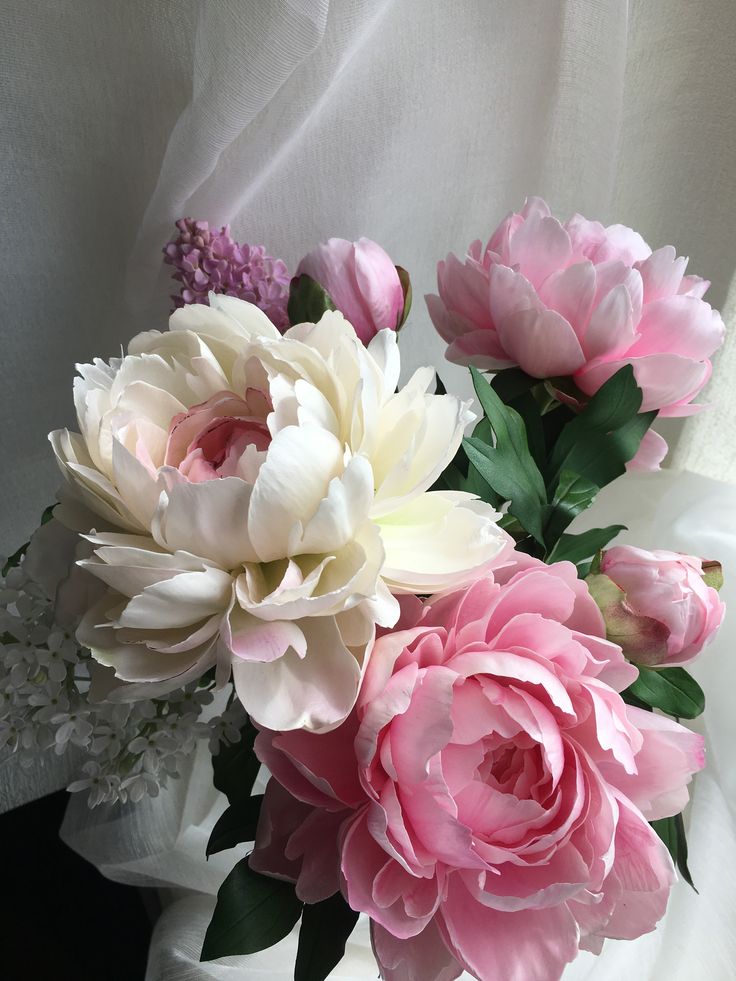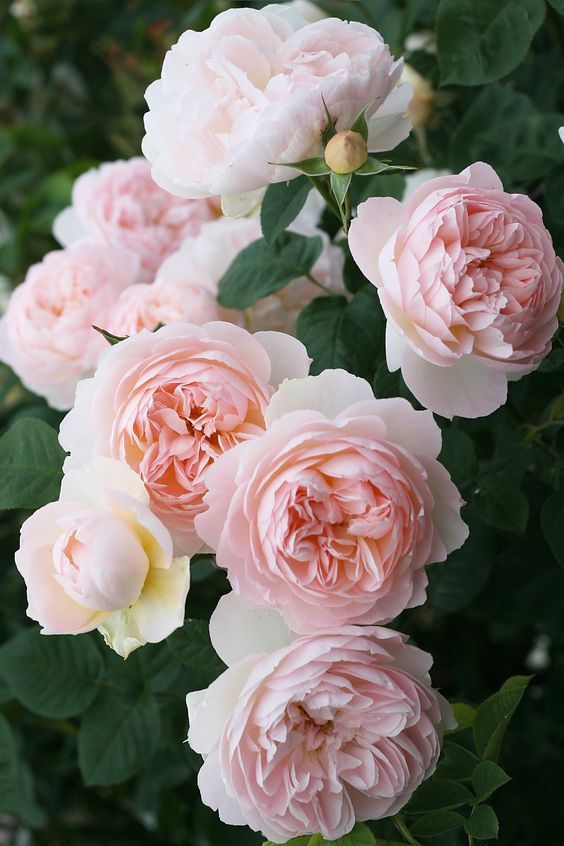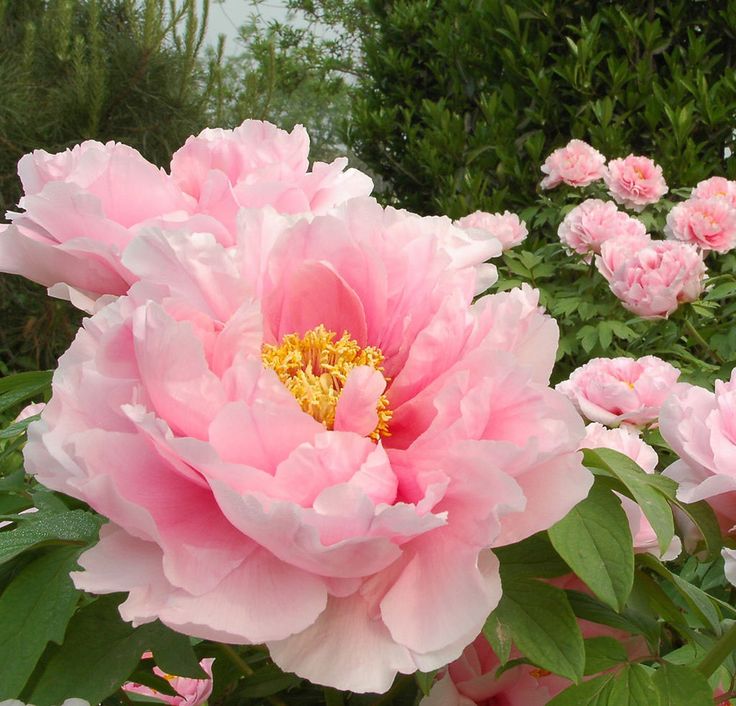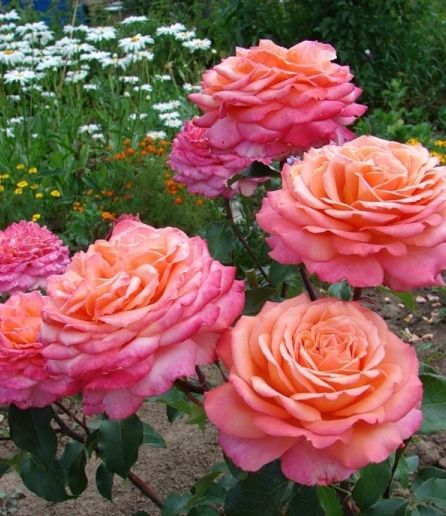In a world where urbanization and habitat loss threaten the delicate balance of ecosystems, creating a flower garden that supports local biodiversity is a powerful act of conservation and stewardship. By selecting native plants, providing essential resources, and fostering habitat diversity, you can transform your garden into a thriving oasis of life for a wide range of native species. In this guide, we’ll explore the steps to creating a flower garden that not only beautifies your outdoor space but also nurtures and sustains the rich tapestry of life that surrounds us.










Understanding Local Biodiversity
- Ecosystem Diversity: Local biodiversity refers to the variety of plant and animal species found within a specific geographic area. Biodiverse ecosystems are more resilient to environmental changes and provide essential services such as pollination, pest control, and nutrient cycling.
- Threats to Biodiversity: Habitat loss, fragmentation, pollution, and climate change are among the main threats to biodiversity worldwide. By creating habitat-rich environments in our own backyards, we can help mitigate these threats and support the survival of native species.
Creating a Biodiversity-Friendly Flower Garden
- Native Plant Selection: Choose native flowering plants that are indigenous to your region and adapted to local soil, climate, and hydrological conditions. Native plants provide essential food and habitat for native wildlife and are better suited to thrive in local ecosystems than non-native species.
- Plant Diversity: Select a diverse mix of flowering plants with different bloom times, colors, shapes, and sizes to attract a variety of pollinators, beneficial insects, and other wildlife. Include early spring bloomers, summer perennials, and fall wildflowers to provide continuous floral resources throughout the growing season.
- Habitat Features: Incorporate habitat features such as water sources, sheltered areas, and nesting sites into your garden design to meet the diverse needs of local wildlife. Install bird baths, shallow ponds, and rock piles to provide water for drinking and bathing, and include dense shrubs, brush piles, and deadwood habitats for nesting and roosting.
Gardening Practices for Biodiversity
- Organic Gardening: Avoid the use of synthetic pesticides, herbicides, and fertilizers, as these can harm beneficial insects, birds, and other wildlife. Instead, practice organic gardening techniques such as composting, mulching, and natural pest control to promote soil health and support biodiversity.
- Wildlife-Friendly Maintenance: Embrace a more relaxed approach to garden maintenance by allowing some areas of your garden to go partially wild. Leave leaf litter, fallen branches, and untrimmed plant stems to provide habitat and forage for wildlife, and minimize pruning and tidying up during the growing season.
Enjoying the Benefits
- Observation and Connection: Take time to observe and connect with the wildlife that visits your garden, from buzzing bees and fluttering butterflies to singing birds and scurrying mammals. Keep a journal or log of wildlife sightings and behaviors to deepen your understanding and appreciation of the natural world.
- Educational Opportunities: Share your passion for biodiversity-friendly gardening with others by hosting garden tours, workshops, or educational programs for friends, neighbors, or local community groups. Inspire others to join you in creating wildlife-friendly habitats and fostering a deeper connection to nature.
Conclusion
Creating a flower garden to support local biodiversity is a meaningful and impactful way to contribute to conservation efforts and promote ecological resilience in our communities. By embracing native plants, fostering habitat diversity, and practicing wildlife-friendly gardening techniques, you can transform your garden into a vibrant and biodiverse sanctuary for native species. Let your garden be a haven of life, beauty, and wonder, where native plants bloom, butterflies dance, and birds sing amidst a tapestry of color and fragrance. With your nurturing care and dedication, your flower garden will become a beacon of hope for biodiversity and a source of inspiration for generations to come





